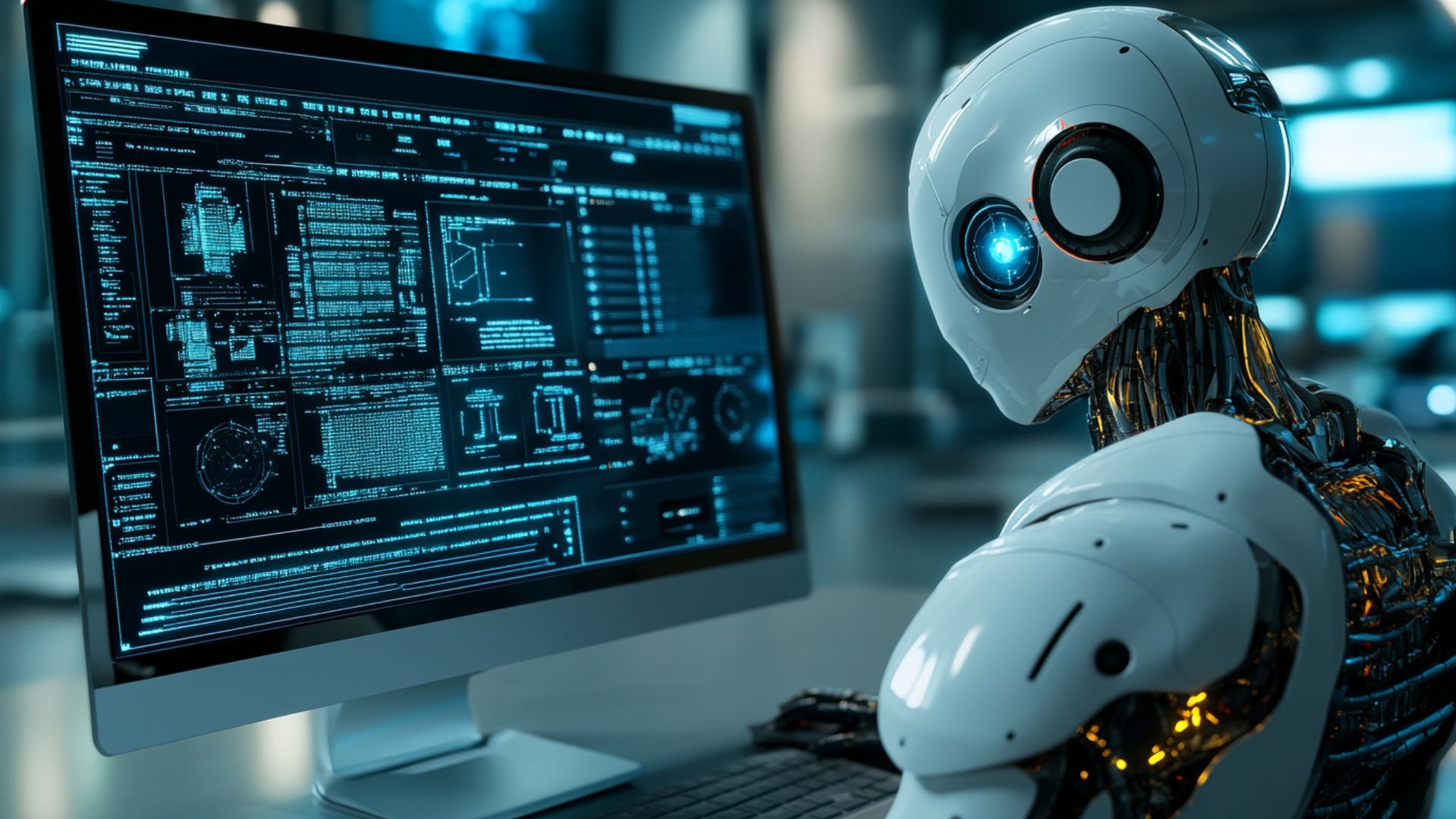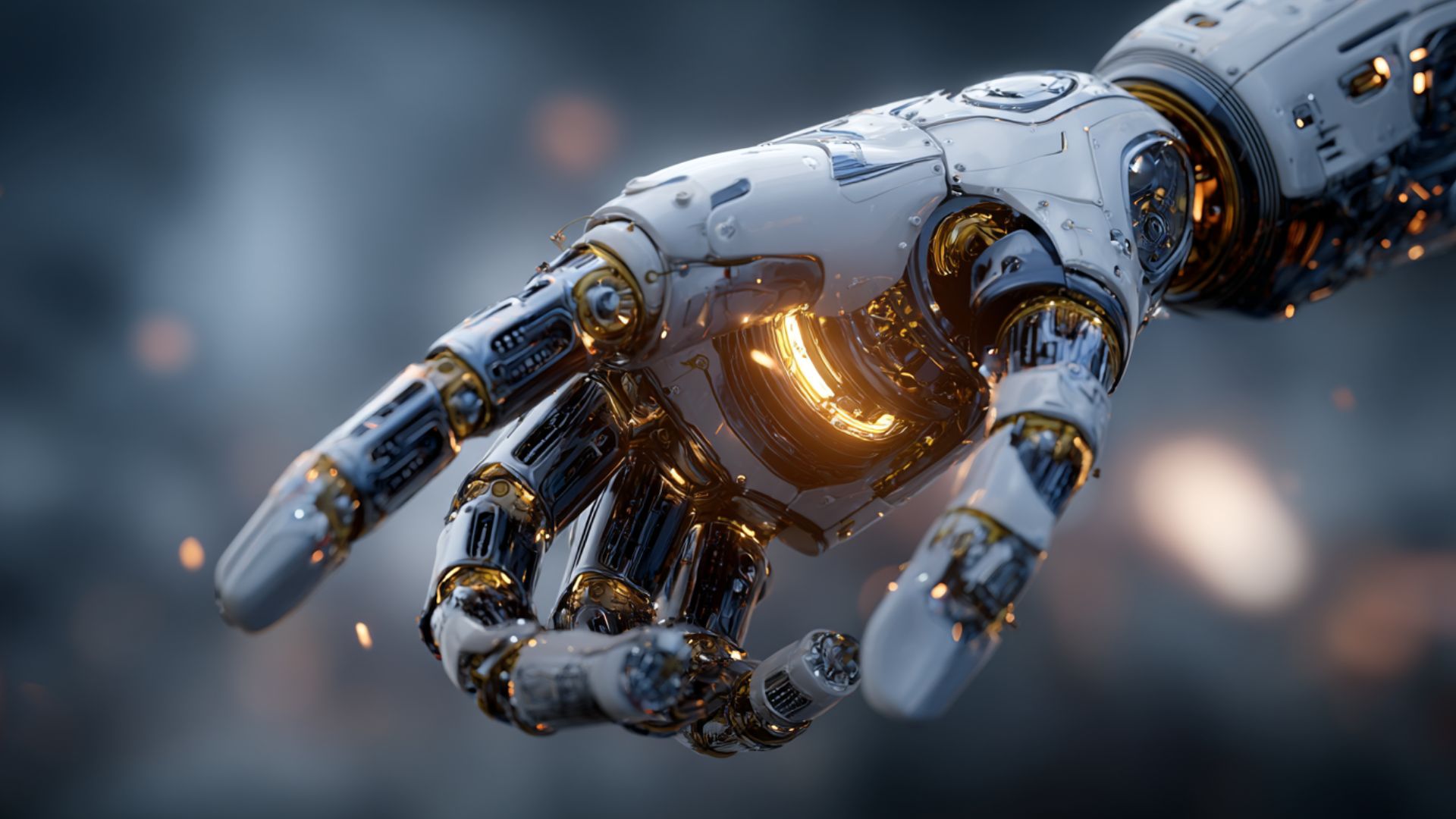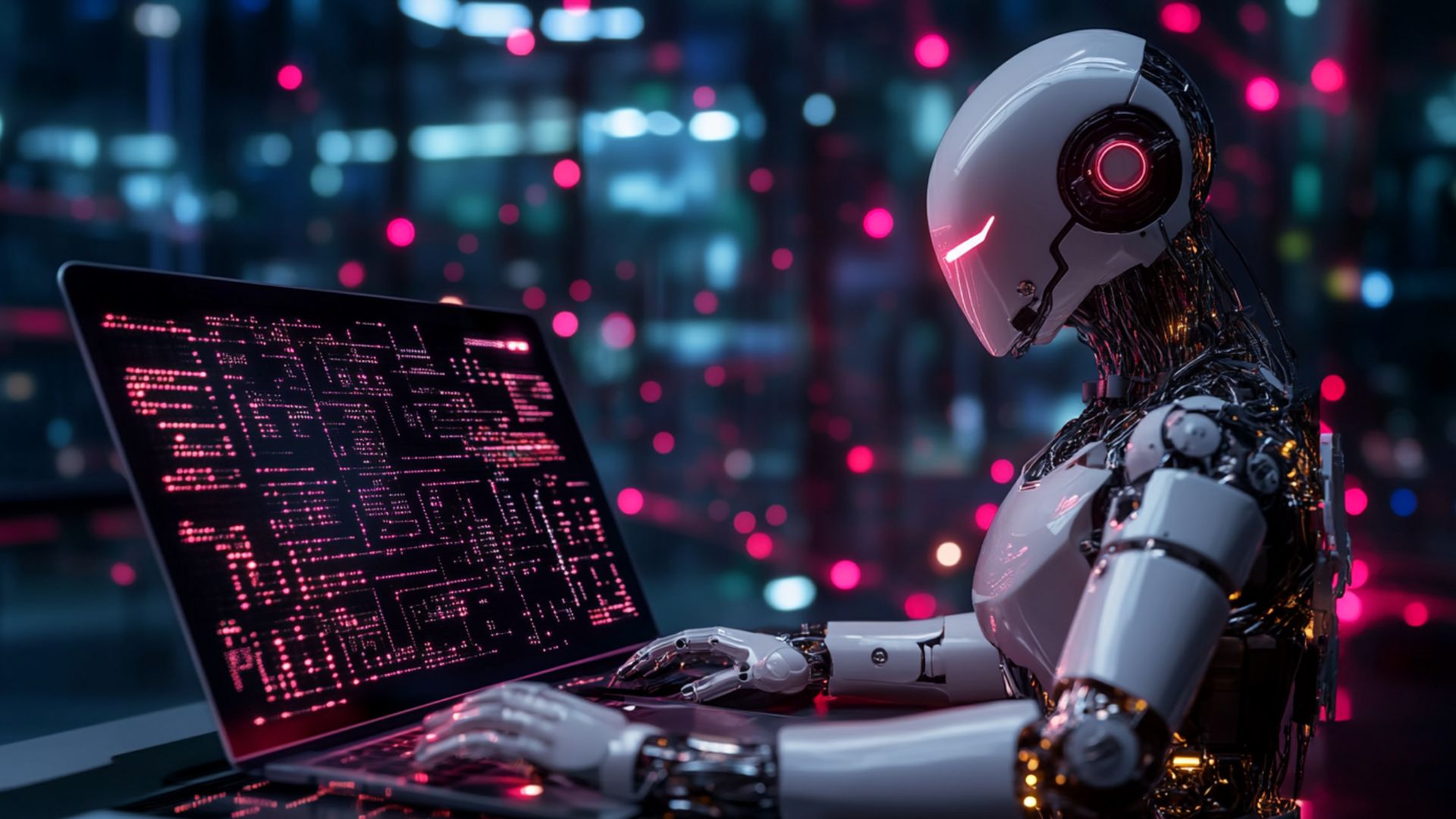Introduction to Robotic Process Automation (RPA) in 2025
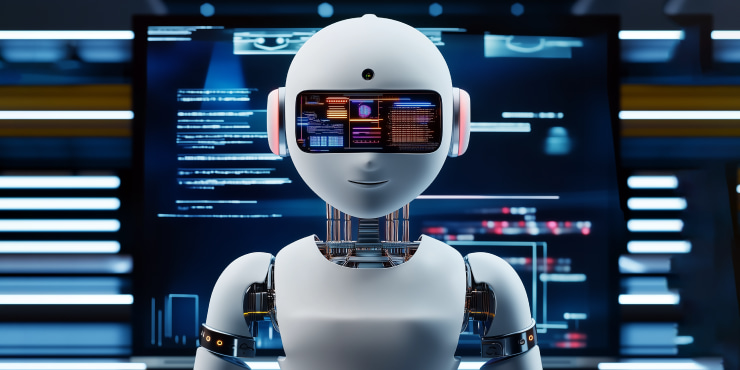
The year 2025 marks a significant advancement in technological transformation. Automation of workflows and implementation of new tools represents a major step forward for businesses. RPA has enabled many companies to quickly adjust and optimize their workflow. Understanding RPA basics reveals significant benefits for business optimization. A key advantage of RPA is its seamless integration with existing software systems. RPA systems can execute tasks across multiple software platforms with high accuracy. The primary objectives are error reduction and efficient task execution. Automation frees employees to focus on higher-value tasks. Combining automation with human work will help achieve effective results. Optimizing workflows is critical to success for all businesses.
By 2025, many companies across sectors have adopted RPA to optimize operations, with banking and finance institutions particularly leveraging it for fraud detection and loan processing. In healthcare, RPA significantly improves resource management and streamlines request processing. In the financial sector, RPA plays a crucial role in fraud prevention and secure money transfers, while also enabling accurate tracking of goods delivery and inventory management. These RPA examples demonstrate how automation positively impacts various sectors of the economy. The 24/7 operational capability and error reduction are core benefits of RPA, enabling companies to elevate their performance while maintaining brand integrity.
Key Examples of Robotic Process Automation in Practice
The integration of AI has optimized numerous business processes, with robotic process automation revolutionizing how companies across industries operate. Robotic process automation has revolutionized the way many companies and businesses operate. Various companies use RPA to reduce errors and improve productivity. This allows employees to focus on higher-priority, strategic work. Simultaneously, RPA generates summary reports, reduces operational costs, and optimizes established workflows. Companies use RPA to improve operations and reduce human error. Here are the primary RPA examples in various critical areas for the public:
- Finance. A key advantage in finance is rapid invoice processing and reconciliation. Invoice automation streamlines the approval process for various types of payments. Bots verify records using algorithms trained on historical data. They process payments and extract various data from invoices. This streamlined compliance procedures during the settlement process. Companies realize substantial annual savings that can be reinvested in development.
- Healthcare. Healthcare is a critical sector serving the entire population. Employees use RPA to reduce errors and process various claims. Bots manage patient records and establish communication with patients. Bots also accept multiple applications and reduce delays and patient availability by up to three times. UnitedHealthcare provides an excellent example of successful RPA implementation. The result was a reduction in waiting and processing time by more than 30%.
- Customer service. A vivid example of a robotic process automation example is the customer service sector. The use of virtual assistants and chatbots has become the key to success. They improve communication with customers and process a large number of requests. Bots reduce customer wait times while operating 24/7. This increases customer satisfaction and promotes repeat business.
These success stories demonstrate how RPA can benefit virtually any industry. A prime example is Amazon's use of robotic process automation. Having a large warehouse, they manage inventory control and track shipments. This has improved Amazon's order accuracy and processing efficiency.
RPA in Finance: Automating Billing and Reporting
RPA steps in finance are very productive for customizing this area. Recent advances have enabled automation of increasingly complex repetitive tasks. These systems learn from data to mimic human customer interactions. Processing large financial datasets and handling billing are key applications. RPA implementation results in improved speed, accuracy, and overall performance. Here's how the process of automating financial tasks works:
- Invoicing. They extract data from invoices and verify their points. They can also process payments and create and send these invoices.
- Financial reporting. RPA simplifies the process of preparing financial reports. Data from multiple systems is retrieved to avoid manual data maintenance.
- Reconciliation. To learn robotic process automation is a beneficial practice for reconciliation. Bots excel at cross-referencing financial data between different systems.
Robotic process automation has many advantages. For the financial industry, these advantages allow for success and productivity. Here are some of them and their characteristics:
- Reduced errors. RPA significantly reduces human error in repetitive tasks. Consistent accuracy for invoicing and reporting is key.
- Efficiency and speed. Efficiency and speed are essential to reducing customer wait times. Tasks that used to take hours and days are now completed in minutes and seconds.
- Cost savings. Strategic implementation of RPA enables rapid execution of routine tasks, with initial investments typically resulting in substantial long-term cost savings.
- Audit readiness. RPA engineers ensure consistent processing and documentation, which is essential for maintaining audit readiness. Maintaining regulatory compliance enhances your company's competitive position.
RPA in Healthcare: Streamlining Administrative Workflows
Robotic process automation is an integral part of the healthcare industry. Thanks to this innovation, the industry is improving and focusing on patient care. Performing routine tasks simplifies the workload of employees. The reduction in human error provides tremendous value to healthcare organizations. RPA increases efficiency and improves the overall patient experience. Here's how it simplifies administrative workflows:
- Patient inventory management. Understanding why use RPA in healthcare is critical for successful implementation across administrative functions. Through this process, medical bills are processed, and expenses are checked. It minimizes any errors and ensures that bills are accurate.
- Billing and payments. RPA automates billing and payment processes with high accuracy. Tracking the status of payments and invoices is essential for the industry. It minimizes any conflicts and delays in invoice processing.
- Processing of insurance claims. Another significant advantage is the automation of claims submission. Specialized bots can verify patient data against insurance coverage information. The result is a reduction in the number of denials of these claims.
RPA has a significant impact on patient efficiency and on the delivery of healthcare. The synergy between RPA and AI technologies creates powerful efficiency improvements that neither technology could achieve independently. Automation allows staff to save time and do equally essential things. Processing tasks of patient data research are all done by bots. Here's more information on the impact of RPA:
- Reducing human errors in patient records and billing.
- Simplifying processes for scheduling appointments and records.
- Reduced billing and patient record errors.
- Saving operational costs due to automated processes.
Understanding the Key Steps in Implementing Robotic Process Automation

Understanding how to effectively use RPA is essential for business improvement. Investing in automation enhances operational efficiency and strategic capabilities. Before using it, it is necessary to consider the time and place of planning. To be successful, review all processes from scaling to workflow automation. Here's what you need to know:
- Remember to evaluate workflows for future automation. For small businesses, choose systems that are repetitive and rule-based. Data entry, invoicing, and analysis are key.
- Look at all possible RPA platforms that will suit you best. Consider your company's scalability before using and supporting vendors.
- RPA machine learning is based on processing data from past learning about customer communication. Select the appropriate bots and platform that align with your specific business requirements and integration needs.
- The most important thing for competitiveness is to test automation before launching it. Test system functionality in a controlled environment to minimize disruptions.
Once installed, organizations can track performance and identify improvements. Determining what the errors are is adequate for continuous process optimization. Automation scaling is an exciting practice for growing firms. Initial successes provide the foundation for expanding RPA implementation to new areas. Constant training of employees and understanding of artificial intelligence is crucial for development.
Step 1: Process Identification and Mapping
Robotic process automation topics are practical for making business decisions. Successful RPA implementation is all about carefully determining what is necessary for the company. Ensuring maximum efficiency and cost-effectiveness is ideal for success. Here's how companies identify repetitive and rule-based tasks.
- The first step is to perform tasks in a long-running and consistent manner.
- Rule-based tasks use processes with defined steps established by the company.
- Tasks with a large volume of transactions are processed gradually and in a timely manner. Data maintenance and invoice processing are all large volumes.
- The automation-ready process relies on structured digital data. Integration with CRM software is often used.
Businesses use robotic process automation projects to achieve success. RPA is key to analyzing workflows and identifying inefficiencies. This is the importance of a detailed process mapping:
- Documentation. Clear visual documentation of processes is crucial for successful implementation. Continuously monitoring and documenting each step will help you make decisions.
- Understanding exceptions. Mapping is key to understanding cases and moments during decision-making. These moments may require human intervention.
- Assessment of feasibility. Mapping ensures that the task is not only automated but also scalable, depending on the company. The process consists of smooth visualization of any task during scaling.
- Collaboration between teams. RPA engineers help establish appropriate automation workflows. Employee involvement ensures accuracy and helps to resolve issues.
Step 2: Designing and Developing RPA Workflows
When defining the processes that are necessary for an automation company, there is a next step. Designing RPA workflows and creating Bots takes some time. The stage consists in solving specific issues that are suitable for the business. It is possible to understand the processes and divide them into steps to optimize the business. Define the requirements for decision-making and handling of various exceptions. Think about the workflow design offered by different developers. Transform tasks into a logic of sequential actions for automation. Get familiar with the actual rules of the programmed system in workflows. Consider that bots can often make inconsistencies in data.
- The next RPA steps include designing and building bots. Please familiarize yourself with the Bots' settings and define their tasks during the program. Test bots in a controlled work environment for efficiency. See how they handle different cases efficiently. Take into account that developers work with teams to ensure that bots meet your requirements.
- Integration of RPA with existing systems is an indispensable part of success. Consider free integration in some systems to optimize your work. Use integration with CRM software for efficiency. Robotic process automation workflow provides built-in integration. You can directly connect to software systems for efficiency. Remember to ensure scalability as your company grows.
RPA and AI: How Artificial Intelligence Enhances Automation
Artificial intelligence is an integral part of automating routine tasks. Robotic process automation fits right in with this system. Transformational technologies have helped many industries succeed. Based on functions and rules, artificial intelligence allows systems to learn. The integration of AI and RPA creates powerful synergies that drive success. Their combination enables efficiency with enhanced capabilities for company strategies.
- RPA constantly performs repetitive tasks while minimizing any risks. Data entry, processing of various accounts, and report generation take place. At this time, artificial intelligence automates abilities such as natural language processing. It allows you to recognize images and performs predictive analytics to improve communication. RPA and AI are significant advancements for any company. Powerful integration makes it possible to automate processes that require specific rules. It creates an innovative and adapted system for business.
- Artificial intelligence complements robotic process automation to a great extent. AI makes it possible to analyze data and make informed decisions. A good example is the financial side, where chatbots analyze the client's situation. They provide a personalized response to a human need. Artificial intelligence improves RPA by identifying specific trends. Any anomalies in different records of any structure are avoided. A significant advantage is document processing based on artificial intelligence. Robots can read and process information based on past data. Robotic process automation requirements are essential for every company. AI algorithms predict results and direct bots to perform specific actions.
Delving into the future potential of this integration is quite an interesting question. Intelligent automation represents the future for various processes. Artificial intelligence handles complex processes and minimizes errors. While RPA customizes workflow optimization, it minimizes any errors. The significant advantages are improved accuracy and constant monitoring during data processing. Healthcare finance, retail, and other areas are essential. It is in these areas that automation is gaining tremendous popularity for success. Depending on the scalability of the process, intelligent automation adapts to changes in the business. To properly customize your business, it is essential to learn robotic process automation.
Robotic Process Automation Applications in 2025: Trends and Innovations
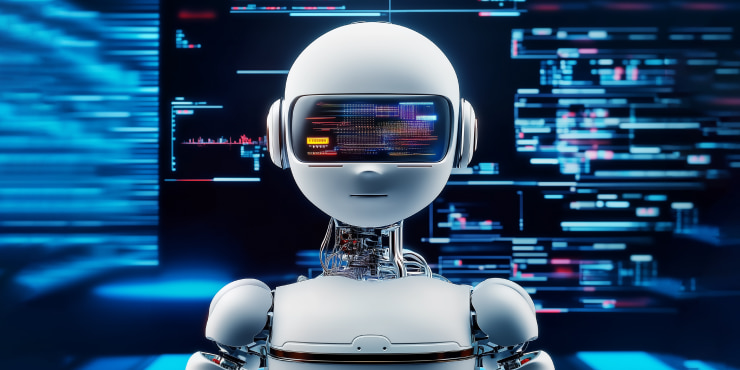
Robotic process automation for 2025 is in development. Integration with advanced technologies helps to achieve significant results. Integration enables more innovative and effective decision-making. Artificial intelligence, machine learning, and blockchain are changing various industries. Here are the current RPA trends:
- The combination of artificial intelligence and natural language helps to achieve automation. Companies perform complex tasks guided by decision-making based on past data. AI-powered chatbots that handle customer queries exemplify this trend. Bots analyze large amounts of data and build communication-based on it. In 2025, intelligent process automation, along with RPA, will play a key role.
- RPA machine learning is an integral part of the improvement. Robots are constantly learning and studying data patterns. A prime example is the healthcare industry, where patient outcomes are predicted. The integration of machine learning, artificial intelligence, and RPA is a strong interaction. There is a process of document improvement, emails, and automation extension. Bots detect workflow inefficiencies and lead to improved interaction. RPA interacts closely with IoT and internal data. Predictive maintenance is enhanced thanks to bots. They analyze sensor data and work on starting processes.
In new technologies, RPA plays an indispensable role in improving work optimization. Blockchain is known for the fact that bots facilitate the automation of specific contracts. RPA interacts with various systems to improve production and service. Launching workflows starts with understanding and eliminating all errors. Learning RPA basics is an integral part of improving your business. Ongoing integration with emerging technologies promises continued advancement. Enterprises are adopting these trends to make quick decisions. Constant evolution and improvement enhance digital transformation. Companies reach a new level and remain competitive.
Challenges in RPA Implementation and How to Overcome Them
Robotic process automation has many business benefits. This technology helps companies elevate performance and achieve superior results. However, there are certain problems with RPA implementation that need to be addressed immediately. Here is a characterization of common issues when setting up RPA:
- Scalability. Robotic process automation workflow has scalability issues. While initial RPA projects are typically successful, scaling automation across departments often presents significant challenges. The main reasons are the lack of resources and the inability to invest.
- Employee resistance. Another problem is the resistance of employees who fear adopting AI. Their fear leads to the fact that in the absence of employees, RPA will take over the central part of the work.
- Technical obstacles. Another problem is outdated systems and incorrect formats. Data corruption or complex process decisions make it difficult for bots to work.
- Strategic gaps. Without defining and setting the right goals, it is almost irrelevant to customize the work. Long-term planning and implementation of RPA requires a clear plan and direction.
Robotic process automation projects are highly effective for any company. Essential solutions will help you focus on the development of your company. Continuous training of employees will help them understand that they are not replaceable. Attract new employees and tell them about the use of RPA. Emphasize that automation creates new opportunities and helps address existing workflow challenges. Try to plan strategically for future developments to preserve the brand.
